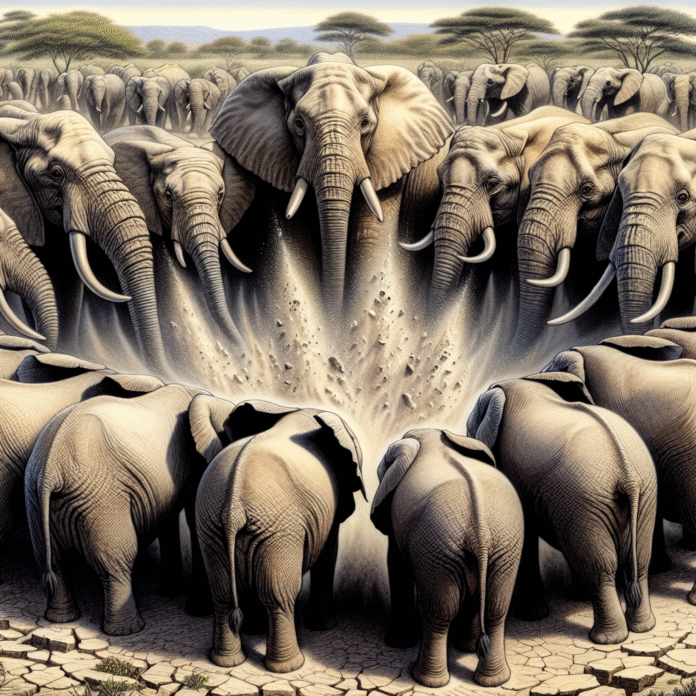Elephants Unite for Safety After Quake
Elephants Form Protective Circle After Earthquake
In a remarkable display of instinct and solidarity, a herd of elephants was recently observed forming a protective circle around their young after a powerful earthquake struck their habitat. This extraordinary behavior not only highlights the intelligence of these majestic creatures but also showcases their strong social bonds.
The Incident
The earthquake, measuring 6.5 on the Richter scale, rattled the region, causing significant disturbances in the wildlife’s environment. Witnesses reported seeing the elephants quickly gather their calves and form a tight circle, shielding them from potential danger. This instinctive response is believed to be a natural protective mechanism, ensuring the safety of their young in times of crisis.
Understanding Elephant Behavior
Elephants are known for their complex social structures and emotional intelligence. They exhibit behaviors that suggest a deep sense of empathy and communal responsibility. When threatened, elephants often come together to protect their young, demonstrating not only their protective instincts but also their strong familial ties.
Research has shown that elephants communicate with each other using a variety of vocalizations and body language. These forms of communication are crucial during emergencies, allowing them to coordinate their movements and ensure the safety of the herd.
The Impact of Natural Disasters on Wildlife
Natural disasters, such as earthquakes, can have devastating effects on wildlife populations. In addition to immediate threats like injury or displacement, these events can disrupt food sources and habitats, leading to long-term challenges for animal communities. The protective behaviors exhibited by elephants during such events underline the importance of social bonds in navigating these challenges.
Conservation Efforts
As natural disasters become more frequent due to climate change, understanding animal behavior in response to these events is increasingly important. Conservation efforts must take into account the resilience and adaptability of species like elephants, ensuring that their habitats are protected and that they can continue to thrive in the face of environmental challenges.
In conclusion, the sight of elephants forming a protective circle around their young serves as a powerful reminder of the intricate social dynamics within animal communities. Their ability to respond to threats with such coordination and care not only showcases their intelligence but also emphasizes the need for ongoing conservation efforts to protect these incredible animals and their habitats.

